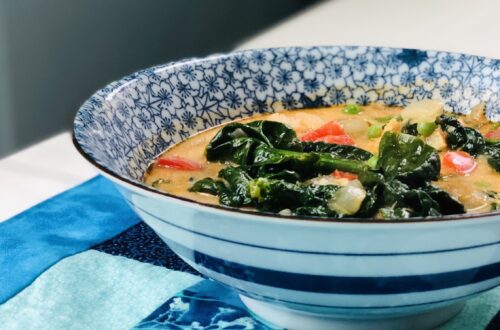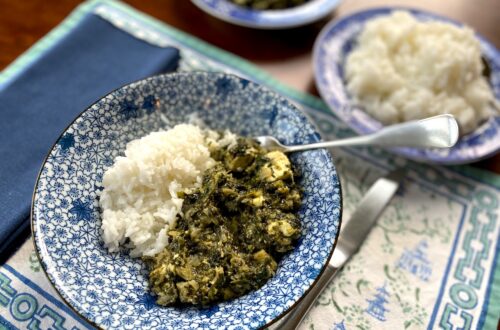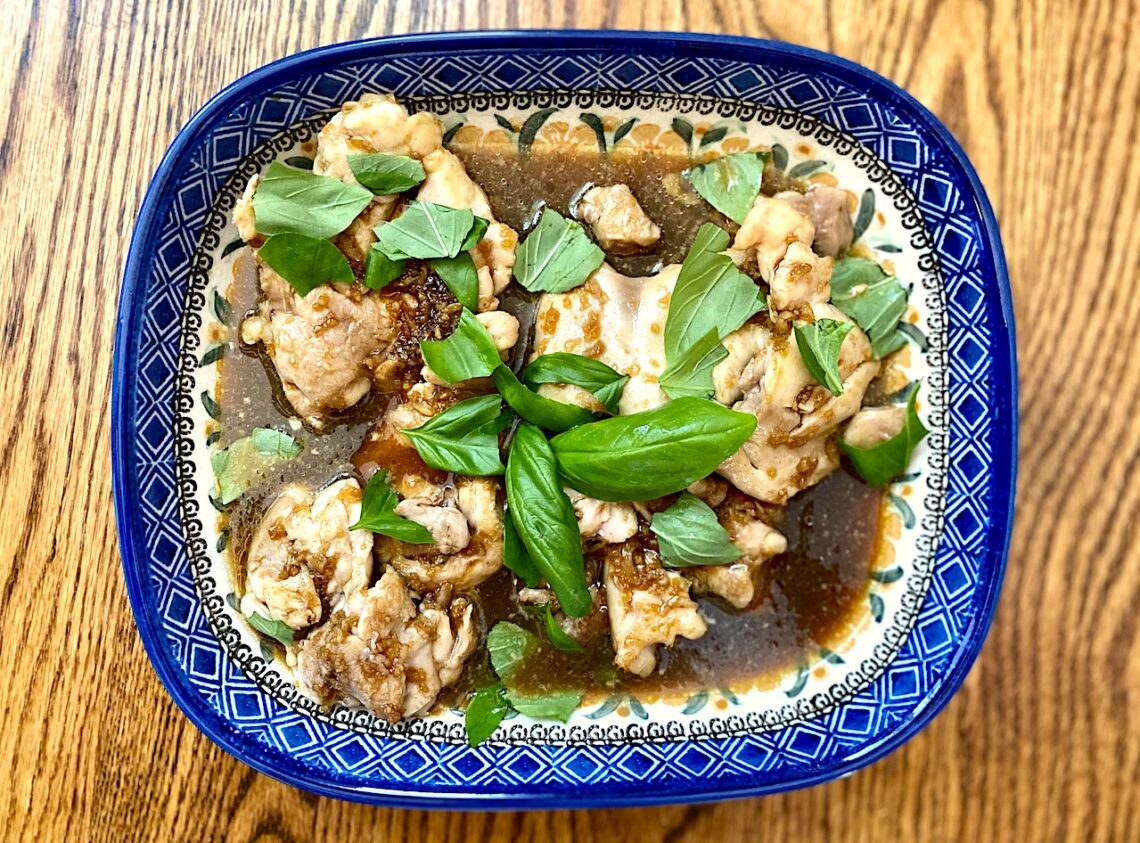-
Dorie’s Sweet Chili Chicken Thighs
In 1946, the United States Department of Agriculture launched the “Chicken of Tomorrow” contest. The goal of the contest was to produce “one bird chunky enough for the whole family—a chicken with breast meat so thick you can carve it into steaks, with drumsticks that contain a minimum of bone buried in layers of juicy dark meat, all costing less instead of more.” Contestants had a year to breed and submit a chicken that fit this description.
This contest, thought up by the head of the largest supermarket chain of the time, the A&P, changed the trajectory of American chicken farming. Before the 1940s, chickens were often quite small and scrawny, with little meat on them. The fact that they laid eggs meant that chickens were often worth more alive than on the dining room table. Only when chickens were no longer able to lay eggs would a family eat them – and even then it was usually for a special occasion.
-
Sweet and Spicy Chicken
I take no credit for this recipe – I straight up stole it from my father. He found it (in this blog, which really deserves all the credit), he made it, and he made it again (and again) when we kept asking for it. (Also: how did my father end up on a food blog??). It’s everything I want from a simple chicken dish: sweet and spicy, bright and tasty, with a little bit of sauce that tastes great on everything (rice, potatoes, the salad next to the chicken on the plate). To be fair, the sugar that goes into the sauce may have something to do with how good it is. It also helps that the chicken is tenderized by being beaten with a mallet (or an ice cream scoop or a rolling pin). In these pandemic times when we are all still stuck at home, pounding chicken breasts is also a great way to let out some pent-up frustration. (But be careful – I was a bit too enthusiastic and chipped a plate).
I wanted to use this recipe now because I think it’s important to talk about labor conditions in the meatpacking industry during this pandemic. The media has covered the issue pretty well, but it’s still worth emphasizing the risks inherent in working in these plants – both during the pandemic and before.





